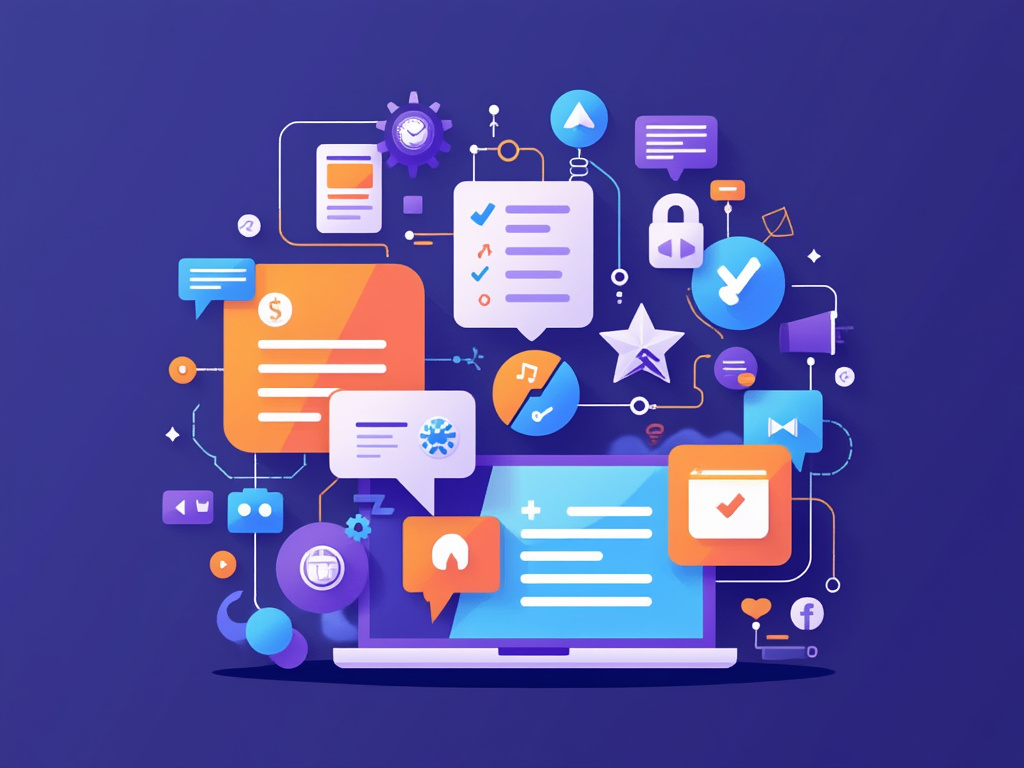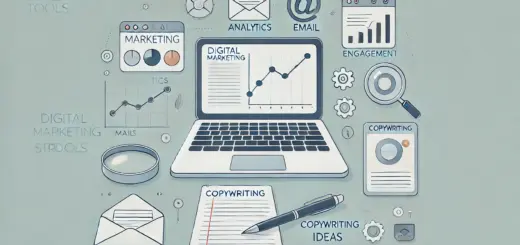How to Leverage Automation Triggers in Your Marketing Strategy

As e-store owners, you’re constantly looking for ways to connect with your customers, drive sales, and enhance their shopping experience. One powerful method to achieve all of this while saving time and resources is through automation triggers in your marketing strategy. By strategically implementing triggers in your campaigns, you can create a well-oiled marketing machine that boosts customer engagement and ultimately increases revenue. Let’s dive into how you can harness the power of automation triggers effectively.
The Power of Automation Triggers
Automation triggers are rules or events that prompt specific actions in your marketing campaigns. Think of them as little nudges that guide your customer’s journey and influence their buying decisions at precisely the right moment. Instead of manually sending every message, you set up triggers that execute when certain conditions are met.
Consider the following advantages of using automation triggers:
- Personalization: Deliver tailored content based on user behavior, leading to a more personalized shopping experience.
- Time Efficiency: Reduce manual tasks; once a trigger is set, it runs autonomously while you focus on other business aspects.
- Increased Engagement: Consistent, timely communication can keep your brand top-of-mind for customers.
- Data-Driven Decisions: Use insights from automated campaigns to refine your marketing strategies continually.
Types of Automation Triggers to Consider
Understanding the types of automation triggers available will help you develop a comprehensive strategy that meets your e-store’s needs. Here are some effective triggers to consider:
- Welcome Series: When a new user signs up for your newsletter or creates an account, you can set a series of welcome emails. This series can introduce them to your brand, highlight popular products, and even offer an exclusive discount for their first purchase.
- Abandoned Cart Reminders: One of the most fruitful triggers is the abandoned cart reminder. If a customer leaves items in their shopping cart without completing the purchase, an automated email can remind them, complete with images of their selected products and perhaps a special incentive to finalize the sale.
- Re-engagement Campaigns: Set triggers based on inactivity. If a customer hasn’t engaged with your emails or hasn’t made a purchase in a while, send them a friendly “We Miss You” email, possibly coupled with a special offer to entice them back.
- Post-Purchase Follow-Up: After a customer makes a purchase, use automated emails to thank them for their order. You can also recommend related products, or ask for reviews a few days after the delivery to build social proof.
Integrating Incomaker for Seamless Automation
To really elevate your automation game, leveraging a marketing email automation tool like Incomaker can be a game-changer. With Incomaker, you can easily create, manage, and optimize your automated email campaigns without a steep learning curve. The platform allows you to set up various triggers with ease, enabling you to personalize your communications based on real-time data and consumer actions.
Imagine creating a sequence of beautifully crafted emails that automatically go out whenever a specific condition is met—all thanks to features offered by Incomaker. The user-friendly interface allows you to visualize your campaigns and track metrics effectively, ensuring you’re always informed about what resonates with your audience.
Crafting Engaging Content for Your Triggers
The magic of automation triggers lies not just in their setup but also in the content that fuels them. Effective content tailored to each trigger can significantly increase engagement levels. Here are some quick tips for crafting compelling messages:
- Know Your Audience: Use customer data to understand their preferences and create messages that resonate personally.
- Be Concise and Clear: Don’t overwhelm your customers with lengthy texts. Get straight to the point, whether it’s recovery, engagement, or information.
- Include Strong Calls-to-Action: Directly tell your recipients what you want them to do next, whether that’s making a purchase, confirming their interest, or engaging with your content.
- A/B Testing: Experiment with different formats, subject lines, and content to discover what works best for your audience.
Monitoring and Refining Your Strategy
Finally, the implementation of automation triggers is just the beginning. Continuous monitoring and refinement of your strategy are essential to ensure it remains effective. Use analytics tools to track the performance of each trigger:
- Monitor open and click-through rates.
- Evaluate conversion rates for triggered emails.
- Analyze user feedback and behavior post-interaction.
- Adjust your approach based on insights to remain relevant and effective.
Automation triggers are a cornerstone of modern marketing strategies and can significantly enhance the functionality of your e-store. With thoughtful implementation, constant analysis, and a powerful tool like Incomaker, you have the potential to build enduring relationships with your customers and increase your sales, all while saving precious time. Embrace the art of automation, and watch your e-store thrive!



